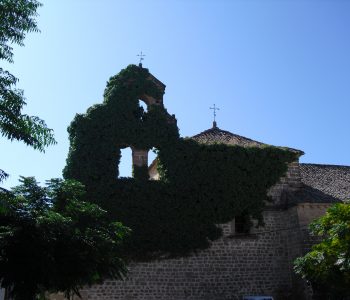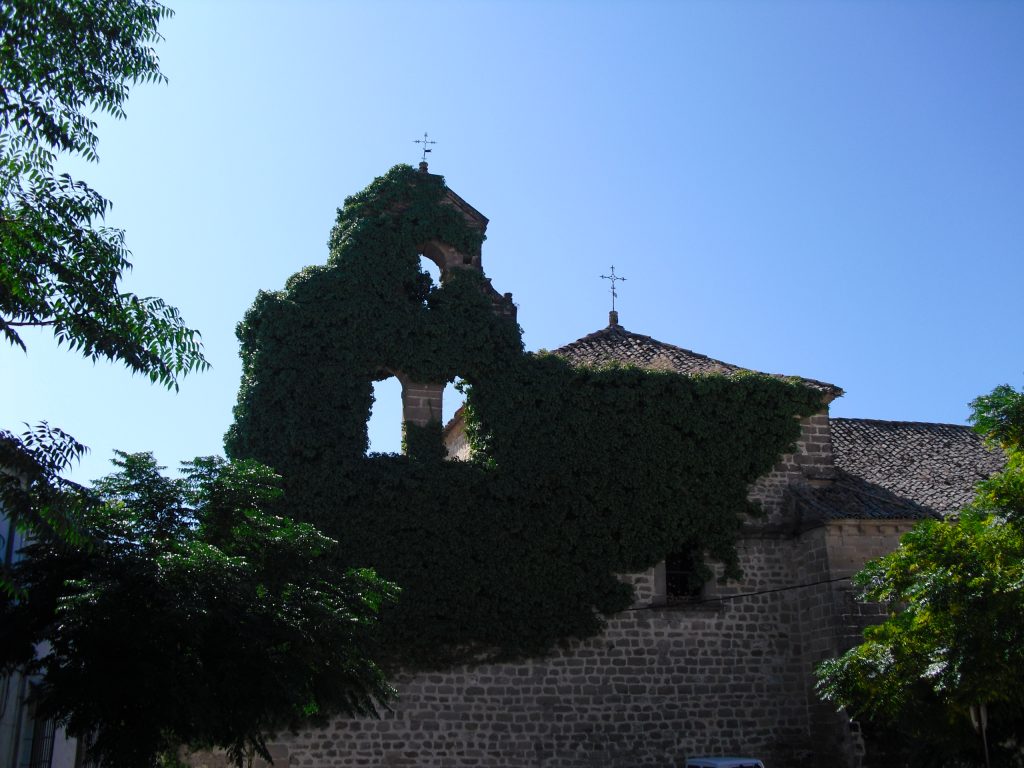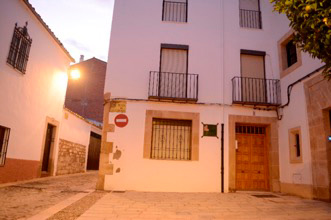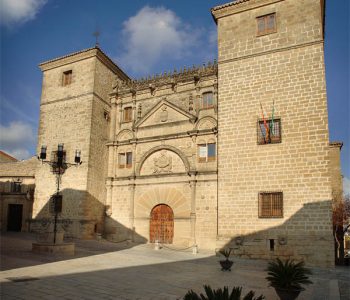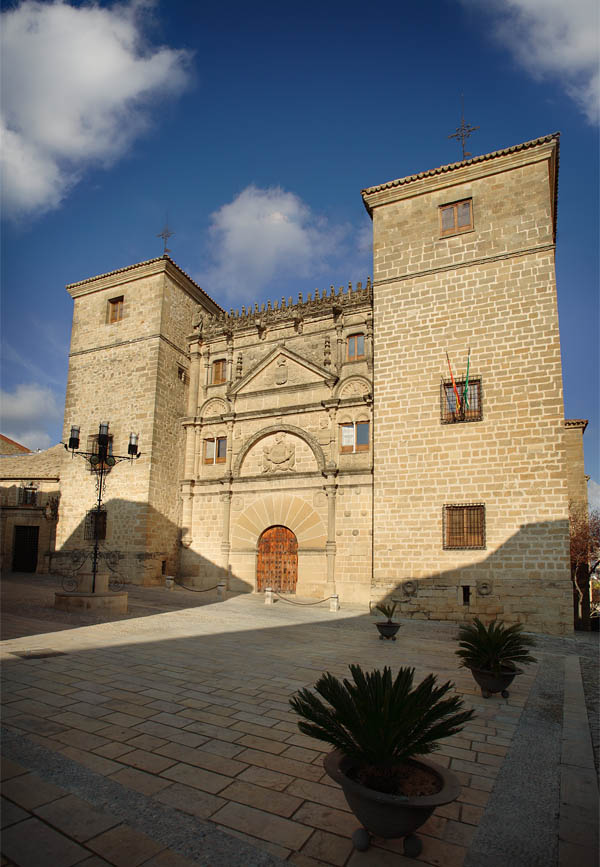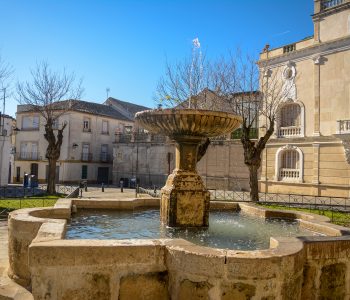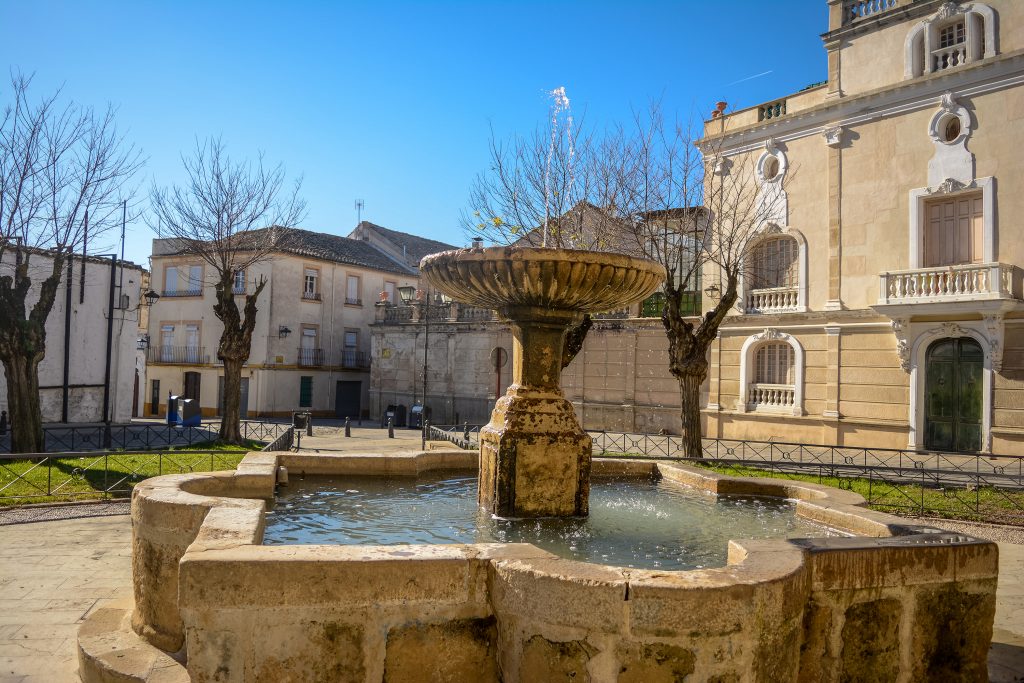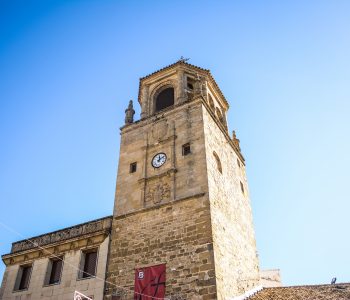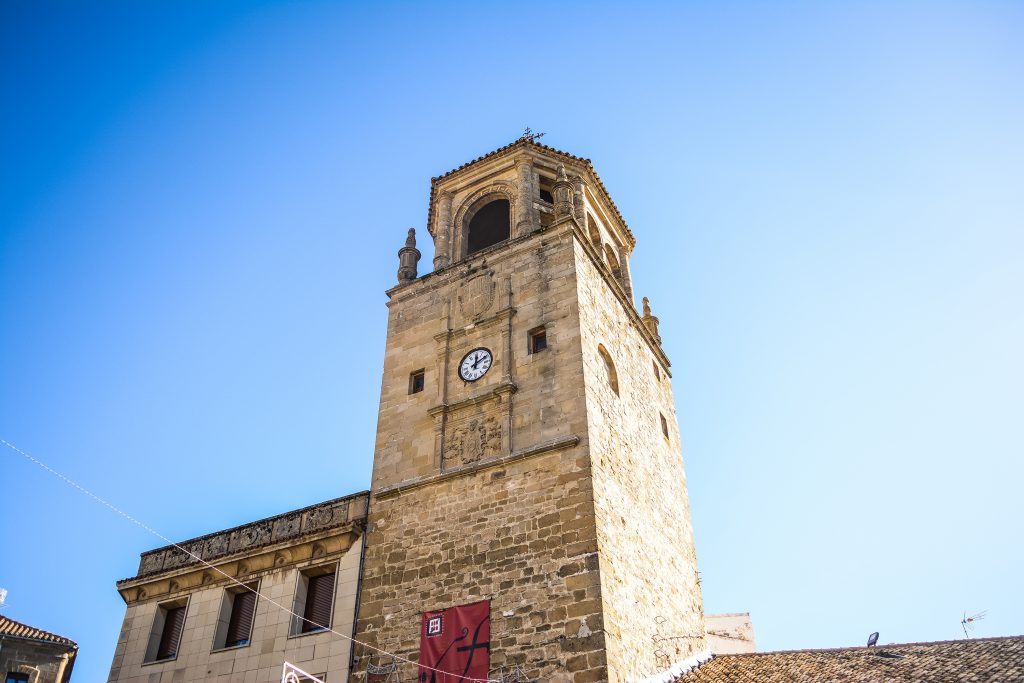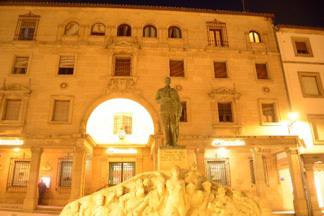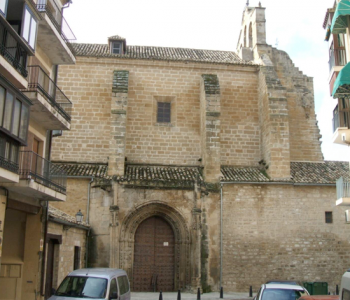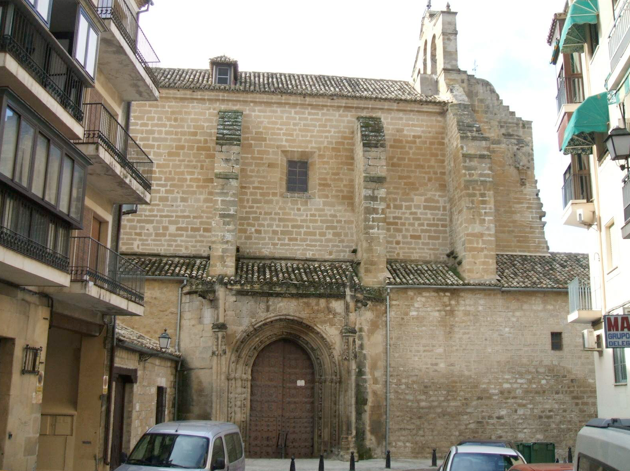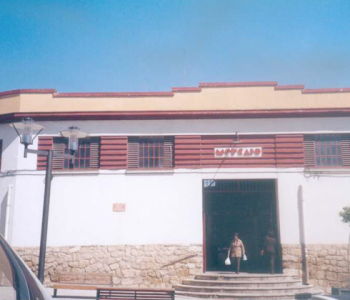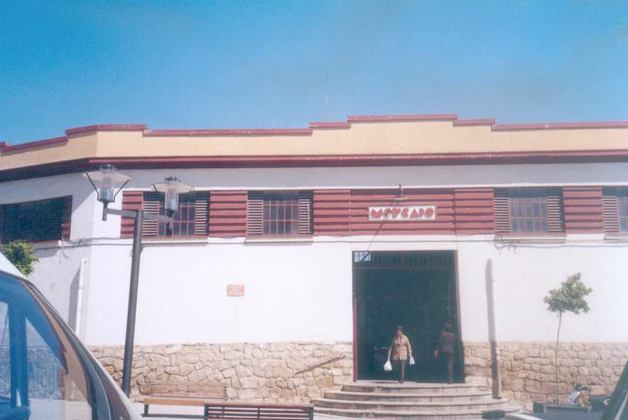 No category
No category
Sacred Chapel of the Savior

The Sacred Chapel of the World’s Savior)is the funerary pantheon of one of the most important figures of the time, Francisco de los Cobos, secretary of Emperor Carlos V. The temple is one of the most successful examples of the Spanish Renaissance, so it is a must see in Úbeda.
But what really links this temple to the figure of Muñoz Molina is its façade, where the representation of the “juancaballos” is carved, mythical creatures from the Sierra de Mágina that the author rescues to echo the phenomena and legends of the rural spaces. Although the real image chiseled on the facade is from Greek mythology, Hercules fighting a Centaur, to give greater emphasis to local history, the author unfolds a story that enhances the real possibility of its existence in the characters of the novel.
“The proof that the juancaballos existed […], was carved in stone, on the facade of the church of El Salvador, […], so that, if they had been sculpted in such a sacred place, together to the statues of the saints and under the relief of the Transfiguration of the Lord, my grandfather argued, smiling, you had to be a very heretic to not believe in them … “
Antonio Muñoz Molina. The Polish Horseman.


